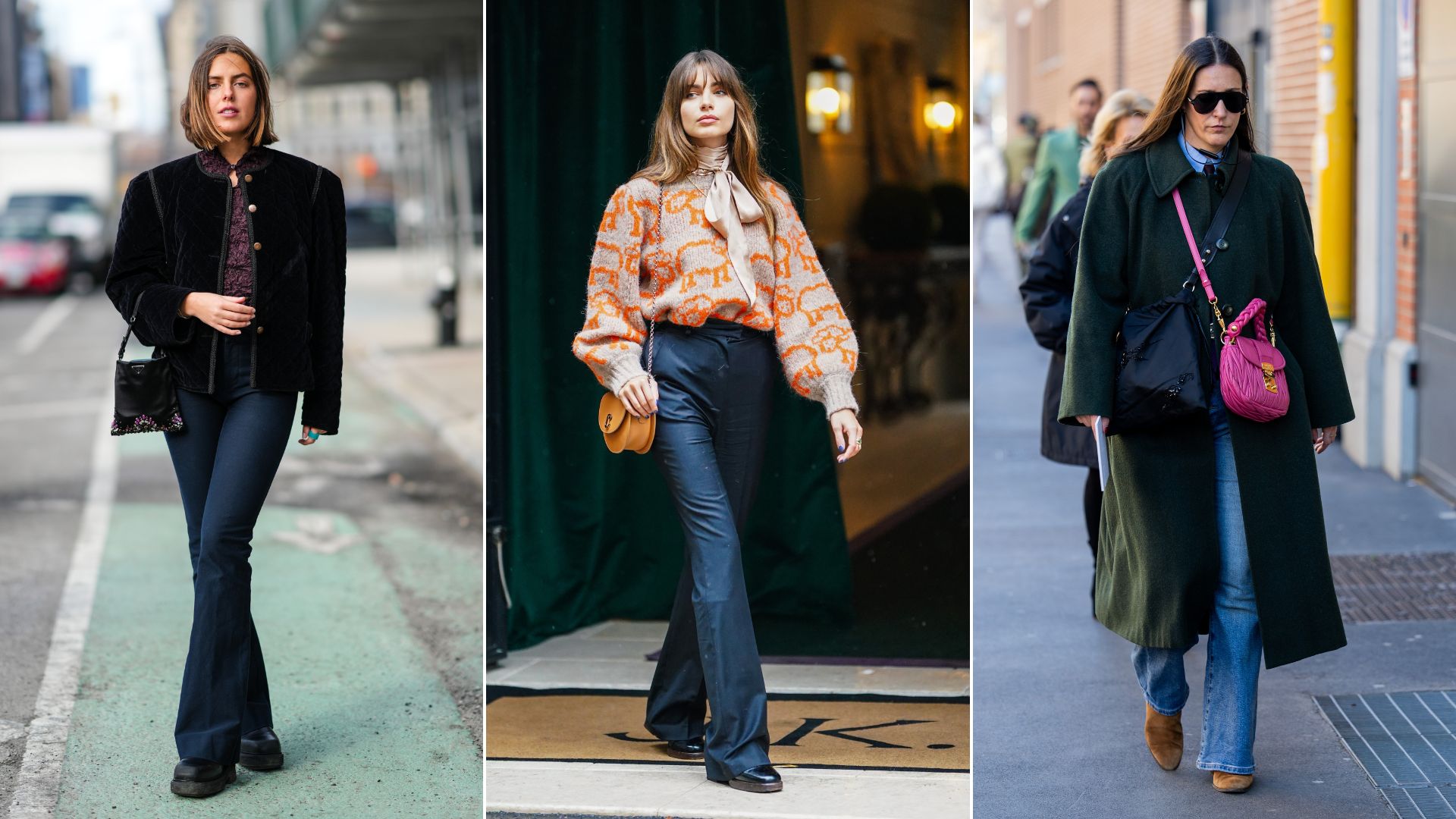Fashion and apparel lead way in North America e-commerce sales
It’s true that e-commerce growth is slowing amid inflation and reduced pandemic fears. But for the first time in history, U.S. retail e-commerce sales are projected to surpass $1 trillion in 2022, according to data from eMarketer.
One industry in particular is leading the way. According to the inaugural e-commerce industry trend report from e-commerce platform BigCommerce (NASDAQ: BIGC), the fashion and apparel sector has been a North American e-commerce powerhouse so far in 2022.
BigCommerce surveyed the thousands of e-commerce merchants on its platform to figure out which industries sold the most online in the first quarter of 2022. It found fashion and apparel substantially outpaced overall e-commerce sales in North America — and it could be in store for a banner year the rest of the way.
The stats
The report first takes a look at the global e-commerce landscape, where fashion and apparel remains strong. So far in Q1, inclusive gross merchandise value (GMV) for global e-commerce has grown 3% year over year (y/y). But by the same measure, fashion and apparel has grown 19%.
During the same y/y stretch, average order volume for general e-commerce grew 3%, but fashion and apparel order volume rose 13%. Quarter over quarter (q/q), overall e-commerce order totals were flat, but fashion and apparel stores saw 5% more orders.
Related:
Read: Shopify has been hunting for a catalyst: Did it find one in B2B?
Read: Amazon’s Prime Day returns in July — here are the logistics
In North America, the difference was even more pronounced. E-commerce inclusive GMV for Q1 2022 grew 2% compared to last quarter, while average order value rose 3% and total orders declined 1%. For fashion and apparel, though, inclusive GMV gained 24% over Q1 2021, while average order volume and total orders were each up 13% on a quarterly basis.
Fashion and apparel have actually outpaced overall U.S. e-commerce for even longer. Between Q1 2020 and Q1 2021, American fashion and apparel digital revenue grew 25%. In the same period, overall U.S. e-commerce revenue grew 19%.
The trends
Marketplace selling
Fashion and apparel brands have taken to e-commerce marketplaces to put their products in front of as many consumers as possible. BigCommerce found fashion and apparel sales on Amazon were huge in the first quarter — inclusive GMV grew 321% annually and orders increased 276%.
Meanwhile, inclusive GMV for fashion and apparel merchants on eBay rose 29% from last quarter and average order volume was up 44%. That’s just a year after those merchants saw losses of 12% and 14%, respectively, in Q1 2021.
Social commerce
With consumers bracing the “shop anywhere” mentality, social commerce is another trend that has emerged. According to the BigCommerce report, nearly half (48%) of all respondents cited social media or social commerce as the shopping or technology trend with the greatest impact on their overall business in 2021.
For fashion respondents, it remained the top answer.
“Being able to offer checkout on Instagram and Facebook had the biggest impact on our 2021 business,” said BigCommerce merchant Crutcher’s Western Wear, based in Oklahoma.
In fact, BigCommerce found fashion merchants selling through Instagram in Q1 saw a 741% annual increase in total orders. There’s also the recent phenomenon of live shopping, where product ambassadors sell online to shoppers in real time.
Alternative payment methods
In response to the same question asking which shopping or technology trend is creating the biggest effect on overall business, offering alternative payment options was the second-most popular answer. A quarter of fashion merchants said it was the most impactful.
Alternative payment methods include options such as buy now, pay later — which allows the customer to pay in installments, like a down payment on a car — and cryptocurrencies like Bitcoin. Eight percent of respondents singled out buy online, pick up in store as the most impactful factor.
Improved customer experience
According to the report, around 44% of fashion and apparel respondents said they are prioritizing creating a seamless user experience. Merchants mentioned building an omnichannel presence, improving customer service and streamlining shipping as the methods taken to enhance their e-commerce sites.
One in five respondents pointed to omnichannel selling specifically as the key method used to improve the customer experience.
Open responses to the survey indicated fashion and apparel merchants are interested in exploring a better returns experience, checkout optimization, SEO, SMS messaging and personalization. The report also noted that older strategies email newsletters and content marketing warranted only “passing mentions.”
How fashion and apparel retailers can get ahead
BigCommerce concluded its report with a few recommendations for fashion and apparel merchants looking to boost e-commerce sales. First, the company suggested optimizing the user experience on the front end. Its partner, Groove Commerce, for example, helped fashion brand Natori overhaul its site design.
“For a brand like Natori, site design and functionality carry equal weight,” said Groove Commerce founder and CEO Ethan Griffin. “Our goal was to bring their brand to life by creating a shopping experience that effectively combines merchandising best practices with Natori’s unique story.”
BigCommerce also advised that a headless commerce model can help brands accomplish this goal. With headless commerce, a store’s front-end design is decoupled from its back-end e-commerce, which can allow retailers to update their websites quicker.
“Traditional systems have worked well for years now, but the tech and the customer landscape has evolved rapidly,” said Mark Howes, vice president of sales for Europe, Middle East and Africa at BigCommerce. “Businesses need to take a new approach to content management. This is where headless comes in. Headless commerce is focused on being able to evolve your offering at speed and give customers the opportunity to interact with your brand in the ways that they choose.”
Augmented reality (AR) shopping is another strategy BigCommerce mentioned specifically for fashion and apparel retailers. Brands can use AR tech to give customers a three-dimensionally rendered, digital version of its products.
In essence, AR creates virtual dressing rooms that allow them to visualize the style and color of a garment without physically trying it on. The idea is to give shoppers the confidence to pull the trigger on a purchase, while also minimizing the chance that they need to make a return.
“We encourage people to start,” said Marc Uribe, VP of marketing and alliances for augmented reality company ThreeKit, in advising BigCommerce. “Start with one product. Experience it. You will see an ROI because people love this experience. … Shoppers love to engage … and then you can expand.”
In a similar vein, BigCommerce believes fashion and apparel bra
nds should begin to embrace the metaverse. According to a consumer survey from Profitwell funded by BigCommerce, 46% of online shoppers said they would be willing to shop in the metaverse.
Already, brands like Hermes and Gucci have experimented with metaverse commerce. Each invested in its own set of NFTs that customers can use to purchase garments and apparel through the metaverse.
At the end of the day, BigCommerce believes each of these strategies can be a way for fashion and apparel companies to distinguish themselves.
“To really stand out from the crowd and stay relevant, that means staying on top of the latest capabilities and remaining agilem,” said Meghan Stabler, vice president of product marketing for BigCommerce. “Frankly, the new trends — AR, artificial intelligence — will eventually become the old trends as more retailers adopt them to attract and convert shoppers where they are. E-commerce is as competitive as ever. What is your differentiator going to be?”
You may also like:
Stord adds warehouse capacity to fulfillment network in key markets
Walmart kicks fulfillment into high gear with next-generation centers
Will warehouse workers switch jobs to use technology? New survey says yes







